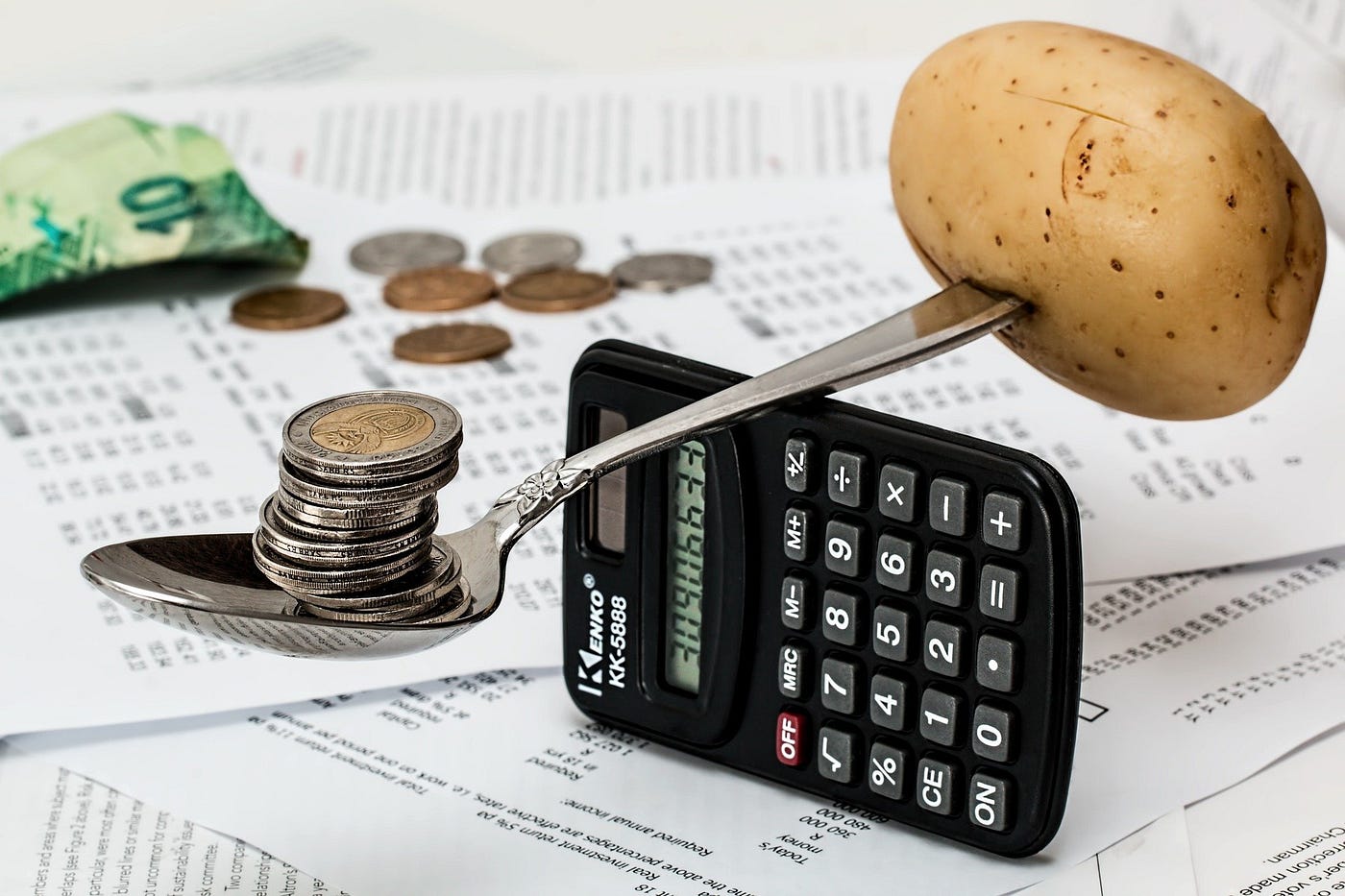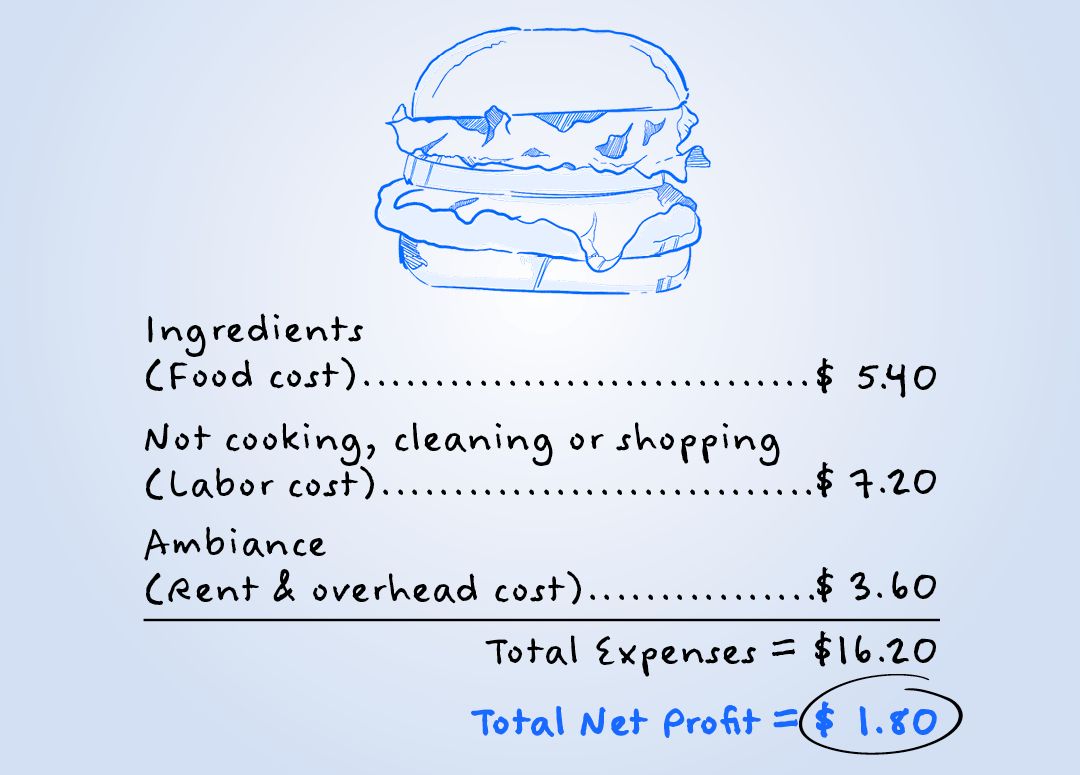Free Recipe Cost Calculator: Accurately Calculate Food Costs and Maximise Profits

In the competitive world of food service, accurate recipe costing is crucial for maintaining profitability and managing a successful restaurant. Without proper costing, even popular dishes can lead to financial losses if their expenses are underestimated. A Recipe Cost Calculator is a powerful tool that helps chefs and restaurant owners determine the precise cost of each dish, ensuring that menu pricing aligns with financial goals and market conditions. This tool not only aids in setting appropriate prices but also provides valuable insights into ingredient usage and potential areas for cost savings.
Here’s a deep dive into why Recipe Cost Calculator is an essential asset for your kitchen, and how it works helping you to stay competitive and profitable in a challenging industry.
Why Accurate Food Costing Matters?
Food costs are one of the largest expenses for any restaurant. If not managed properly, these costs can quickly eat into your profits. Accurately costing your recipes allows you to:
- Set Profitable Prices: By knowing exactly how much each dish costs to prepare, you can set prices that cover costs and generate a healthy profit margin.
- Control Expenses: Monitoring and adjusting food costs helps you identify areas where you can reduce waste or find more cost-effective ingredients without compromising on quality.
- Make Informed Decisions: With precise cost data, you can make better decisions about menu design, portion sizes, and ingredient choices.
How Does It Work?
- Ingredient Listing: Input every ingredient used in your recipe, including spices, oils, and garnishes. Each ingredient's cost must be recorded based on your purchase price and quantity used.
- Portion Calculation: Standardise portion sizes to ensure consistency. The calculator uses these portions to calculate the cost per dish.
- Overhead Costs: Include overhead expenses such as rent, utilities, and labour. Allocate these costs across the number of dishes to get an accurate per-dish expense.
- Profit Margin: Set your desired profit margin. The calculator uses this to determine the selling price required to meet your financial goals.
- Final Pricing: Based on the calculated costs and profit margin, the calculator suggests a selling price that covers all expenses and ensures profitability.

Example 1: Basic Recipe Cost Calculation
Imagine you’re preparing a classic Caesar salad. Here’s how you’d use a Recipe Cost Calculator:
- Ingredients:
- Romaine Lettuce: $1.50 per head
- Caesar Dressing: $0.30 per serving
- Parmesan Cheese: $0.40 per serving
- Croutons: $0.20 per serving
- Portion Size: Each serving includes one head of lettuce, a portion of dressing, cheese, and croutons.
- Total Ingredient Cost:
- Lettuce: $1.50
- Dressing: $0.30
- Cheese: $0.40
- Croutons: $0.20
- Total: $2.40 per serving
- Overhead and Labour Costs:
- Overhead Cost: $0.50 per serving
- Labour Cost: $0.60 per serving
- Total: $1.10 per serving
- Total Cost per Serving: $2.40 (ingredients) + $1.10 (overhead and labour) = $3.50
- Desired Profit Margin: 30%
- Selling Price: $3.50 / (1 - 0.30) = $5.00
In this example, you should price the Caesar salad at $5.00 to ensure a 30% profit margin.
Example 2: Adjusting for Market Trends
Suppose you’re updating your menu for a seasonal special, like a pumpkin soup. Here’s how to use the Recipe Cost Calculator for this purpose:
- Ingredients:
- Pumpkin: $2.00 per kg
- Cream: $0.50 per cup
- Garlic: $0.10 per clove
- Onion: $0.25 per onion
- Portion Size: Each serving uses 0.5 kg of pumpkin, 0.25 cups of cream, 1 clove of garlic, and 0.5 onion.
- Total Ingredient Cost:
- Pumpkin: $1.00 (0.5 kg)
- Cream: $0.13 (0.25 cups)
- Garlic: $0.10
- Onion: $0.13 (0.5 onion)
- Total: $1.36 per serving
- Overhead and Labour Costs:
- Overhead Cost: $0.30 per serving
- Labour Cost: $0.40 per serving
- Total: $0.70 per serving
- Total Cost per Serving: $1.36 (ingredients) + $0.70 (overhead and labour) = $2.06
- Desired Profit Margin: 40%
- Selling Price: $2.06 / (1 - 0.40) = $3.43
For this seasonal soup, a selling price of $3.50 ensures a 40% profit margin and aligns with market pricing.
Related article: How to Cost a Menu: A Step-by-Step Guide for Restaurant Owners

A Recipe Cost Calculator is a vital tool for any restaurant aiming to enhance profitability and efficiency. By accurately calculating ingredient costs, overheads, and desired profit margins, you can set strategic prices and optimise your menu. Whether you’re managing a classic dish or seasonal special, leveraging this tool will help you make informed decisions and maintain a successful culinary operation. Discover Open Pantry’s Recipe Cost Calculator today and take the first step towards maximising your restaurant’s profitability!
Ready to streamline your recipe costing? Explore advanced tools like Open Pantry’s Restaurant Pro Suite for a comprehensive solution to manage costs and boost your restaurant’s financial health.